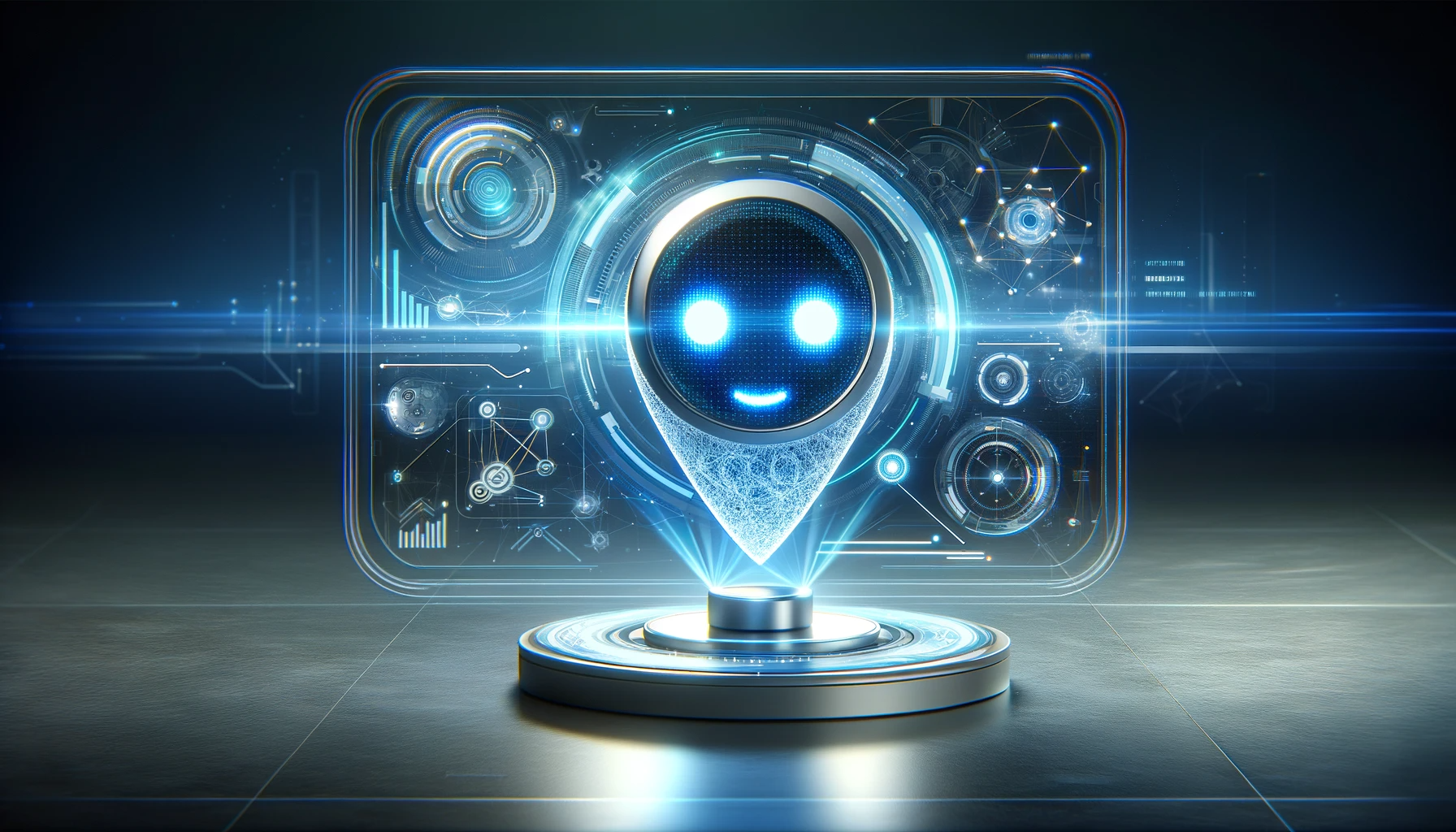Future Applications
Looking to the future, it is important to predict and envision how the use of AI chatbots may look, whether that be negative or potentially positive. Apart from romantic relationships, companions or even mental health therapists, AI chatbots have the potential to be used in many different fields. In mental health care, AI chatbots are projected to remotely diagnose patients, potentially yielding results comparable to face-to-face therapy. For online shopping, AI chatbots are expected to remember user preferences, autonomously recommend products, and provide real-time analytics. In online banking, they could offer personalised services like money transfers and financial advice.
Improving Conversational AI
The conversational AI market is growing rapidly, with significant use in enterprises. It's expected to continue expanding, becoming increasingly integrated into various industries. One major area of innovation is in training conversational agents. Innovations are aiming to automate and speed up the training process to improve the bots' understanding and responses. This includes using techniques like deep learning and unsupervised learning, and addressing biases in training data. Current chatbots struggle with complex, multi topic conversations. Innovations are being developed to enable chatbots to manage more sophisticated interactions, such as performing multiple tasks from a single command.
Personalisation is necessary in order to improve a chatbot performance. Innovations are focusing on making chatbots adapt their communication style in real-time based on user characteristics, leading to more effective interactions. Additionally, innovations in voice assistant technology are being made to enhance performance in noisy environments and to improve battery efficiency on portable devices. This includes techniques for better speech recognition and reducing accidental activations.
A new approach involves using ensembles of specialised chatbots to handle a range of tasks. This modular approach allows for more efficient maintenance and scalability of chatbot systems. These advancements are moving towards creating more engaging and effective conversational agents capable of managing complex scenarios, personalising responses, and operating effectively in varied environments. The future of conversational AI looks promising, with developments likely to lead to more widespread and effective use across industries.
LLMs
In recent years, chatbots have been widely implemented by enterprises in customer and employee-facing roles. These include various types like voice-based or text-based chatbots, accessible via web or mobile interfaces. Governments and agencies also use them for citizen services. Despite high expectations, current chatbots often fall short, particularly in delivering a satisfactory customer experience (CX). They typically struggle with understanding complex requests and maintaining the context of interactions, resulting in limited interaction capabilities and often requiring human intervention.
Current generation chatbots often follow a rules-based flow, leading to stilted interactions. They generally fail to process long questions effectively and have issues with understanding user intent and retaining context. Large Language Models (LLMs) like GPT-3 represent a significant advancement. Although they have limitations (e.g., generating inaccurate or inappropriate content), they excel in understanding user intent, maintaining context, and interactive dialogue.
The future of chatbots in enterprises could involve a combination of traditional chatbots and LLM-based tools. Traditional chatbots could handle integration with enterprise systems, while user interactions could be managed by LLM-based tools, which excel in understanding and responding to user queries. This approach involves using the strengths of both traditional chatbots and LLMs. Traditional chatbots handle system integrations, and LLMs improve interaction quality. This strategy aims to enhance customer experience by leveraging the capabilities of both technologies. LLMs can be fine-tuned with enterprise-specific data to elevate customer experience. They offer diverse conversational styles and tones, allowing for more engaging and personalised communication. They can also support multiple languages and provide translations within conversations. In 2023 and beyond, enterprise chatbots are expected to integrate state-of-the-art capabilities in user intent understanding and dialogue management. This integration signifies a major advancement in conversational AI, promising more effective and engaging chatbot interactions.
